Top Winning Strategies For 9.9, 11.11 and 12.12 Mega Online Shopping Seasons
The fourth quarter is always the busiest season for retailers and brands across the world, Southeast Asia is no exception. The wave of mega sales typically observed offline during Black Friday in December have moved online thanks to prolific marketplaces like Amazon, Alibaba and Lazada. These campaigns now occur consecutively on 9.9, 11.11, and 12.12 (September 9th, November 11th, and December 12th) and cause headaches for brands new to ecommerce.
Businesses must plan ahead well in advance with multiple partners to hit their annual online revenue targets as up to 40% of GMV can be generated in the last three months of the year.
To help brands make the best of the shopping season, these are 10 strategies based on experience working with e-marketplaces, talking to ecommerce enablers, and data from some of the biggest brands across Southeast Asia.
While this guide is most applicable to enhancing performance during the upcoming “mega online sales campaigns” held by players like Lazada and Shopee in Southeast Asia, brands can increase chances to maximize sales and minimize costly mistakes with the findings.
Let’s dive right in.
1. Promotions & Merchandising
Getting this part right may sound trivial but it’s the main ingredient for a successful sales campaign. If the product offering clashes with offline deals and/or pricing is weak, no matter how much is spent on marketing, there will unlikely be high sales volumes
This is akin to achieving product-market fit prior to scaling your business.
So how should brands approach this? Well, what are brands trying to get out of these mega sales – revenues or general visibility/awareness?
In the case of the former, brands need to secure prime real estate on a marketplace such as the homepage or category page, which are typically allocated based on attractive discounts, online traffic and cash vouchers.
In order to drive revenue, exclusive “doorbuster” deals are especially important when top competitors – official and grey market sellers alike – selling similar or identical items are dropping prices.
Mass market brands are free to offer discounts, whereas premium market brands cannot use discounting as a viable strategy (channel conflict) and should look at adding value via bundling and exclusive GWP (Gift With Purchase). These tactics work well without having to tarnish the brand in the long-term.
In the case of visibility/awareness, more budget should be allocated to advertising and promotions to drive traffic to an upgraded shop-in-shop design to make a good first impression on new shoppers.
Brands can also utilize data tools to evaluate their positive in a competitive landscape (examples include BrandIQ) and benchmark competitor SKUs, promos and pricing ahead of the online sales festival.
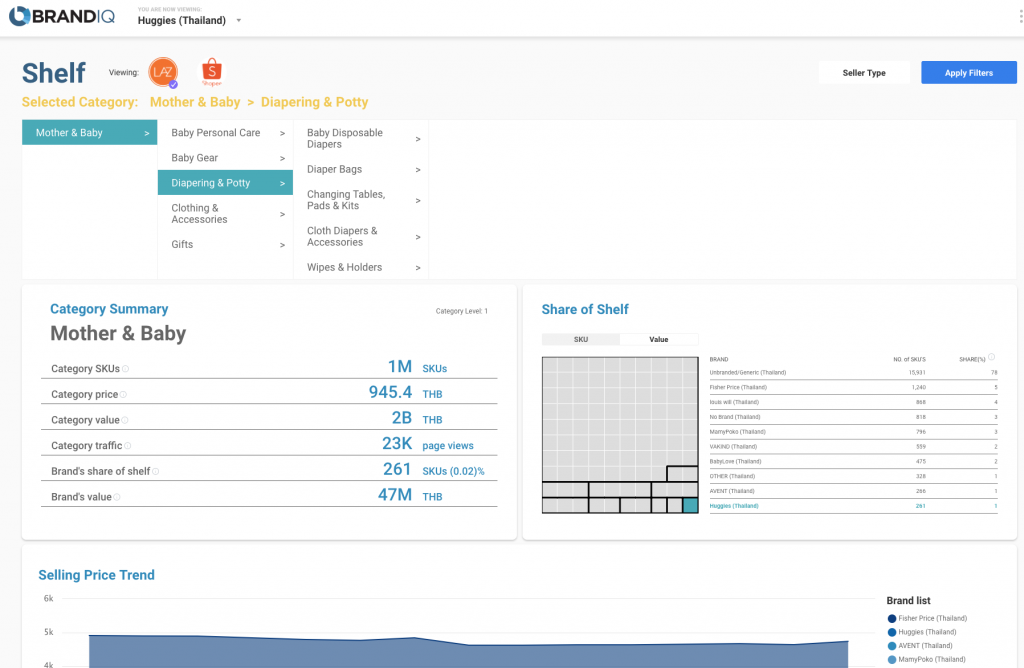
Planning and approval of the pricing strategy for end year – final list of SKUs, pricing, bundles and GWPs – will take the longest time. The brand then needs to share this plan ahead of a ‘freezing period’ to let marketplaces like Lazada and Shopee evaluate and approve the campaigns. And relative to the e-marketplaces other seller applications, it will allocate site visibility.
2. Inventory & Stock
Once SKUs and pricing is set, brands need to ensure there is enough physical stock to meet the forecasted demand.
This requires scrubbing historical data, if available, and use proxy data points like offline channel sales if not.
With a forecast in place, products are ordered and inbounding slots at partner or brand fulfillment centers are reserved and dedicated to online sales. This should all be completed at minimum two weeks in advance.
Lastly, brands should set up automatic ‘out of stock’ triggers to receive emails and SMS whenever a product sells out. This can also be applied strategically to competitor SKUs too through tools like BrandIQ – this allows ecommerce store managers to respond with targeted pricing promotions whenever a key competitor SKU runs out.

3. Traffic Acquisition
A common dilemma faced by brands during sales season is whether or not to double down on marketing spend.
CPCs (cost-per-clicks) are typically higher during a period when other brands are prioritizing and spending aggressively on marketing. The idea behind this is returns tend to be higher too because of higher conversion rates resulting from more competitive SKUs, pricing and bundles.
If a brand can afford it, it’s recommended to increase spending during the sales season. In addition, a “warm-up” or teaser campaign prior to the big launch is also recommended and actually required by marketplaces like Lazada.
Brands also perform better when leveraging an existing customer email database or mobile phone list or building them using formats like Facebook Lead Ads well before the shopping season, when CPCs are still relatively low.
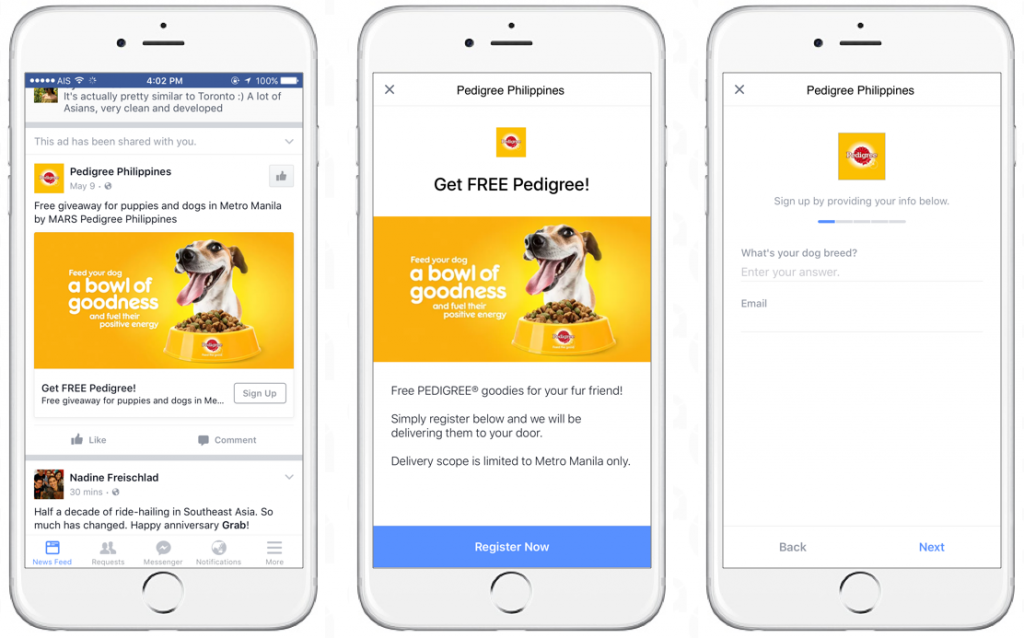
With this targeted database, brands can drive traffic during the sales campaign by sending emails or SMS to the list with promo codes to be used online during targeted dates.
While barter deals are more effective for brands to gain better on-site visibility, it’s also recommended to allocate budget to marketplace paid ads such as Lazada Sponsored Products and Shopee My Ads. These ad formats are still affordable compared to Facebook and Google ads and help acquire users when they’re already in a shopping mindset. They also help brands stand out on category pages as well as competitor product detail pages.
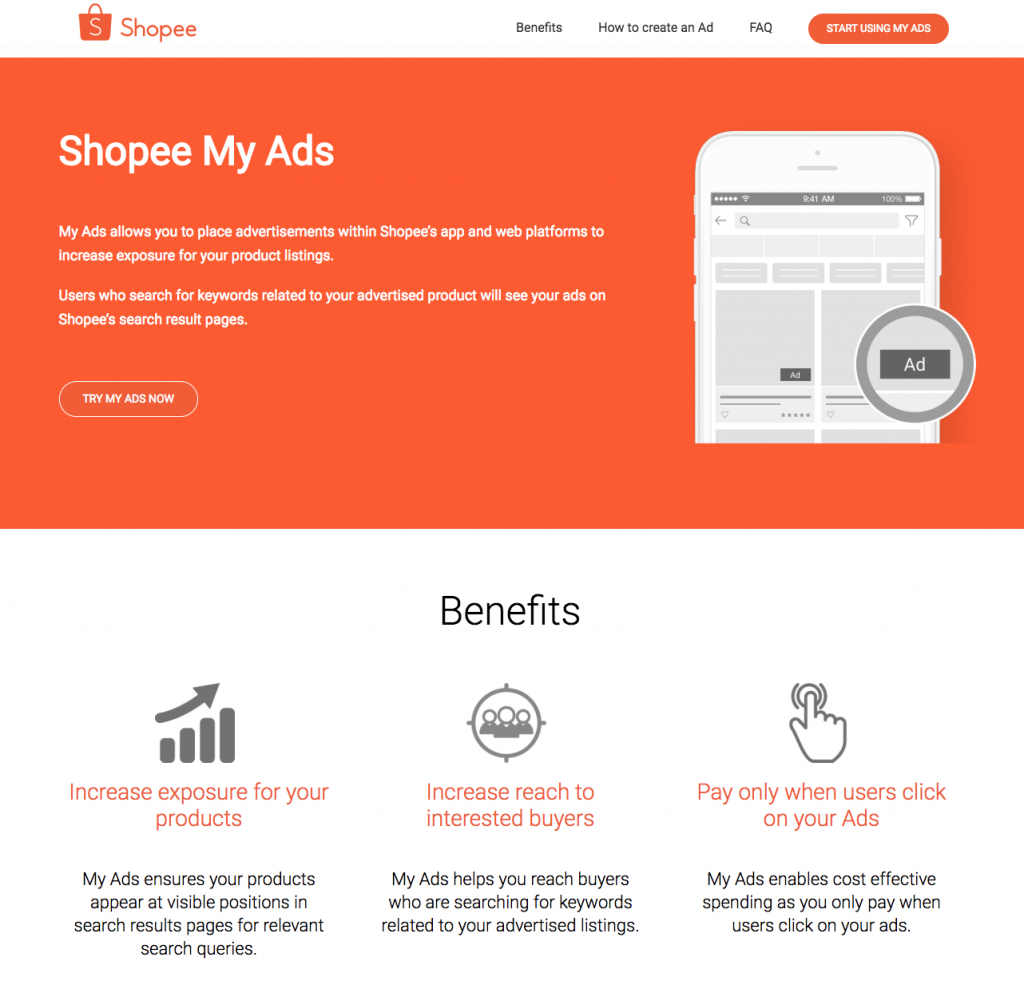
But when multiple brands are fighting for the same site banner placements, exclusivity and doorbuster deals are prioritized by marketplaces over sponsored ads.
Beyond the typical Facebook and Google paid ads to drive traffic, brands can also look into non-conventional channels such as Quora Ads and Shopback. CPCs and CPAs (cost-per-acquisition) are often lower due to less competition.
4. Traffic Activation & Conversion
Driving traffic is not enough; they need to convert into sales. To do this, brands have several levers to pull.
First, upgrade to an official shop-in-shop format if not yet done already. Commission fees will increase but this format goes beyond just a badge as it improves product search ranks and peace of mind for shoppers worried about authentic goods.
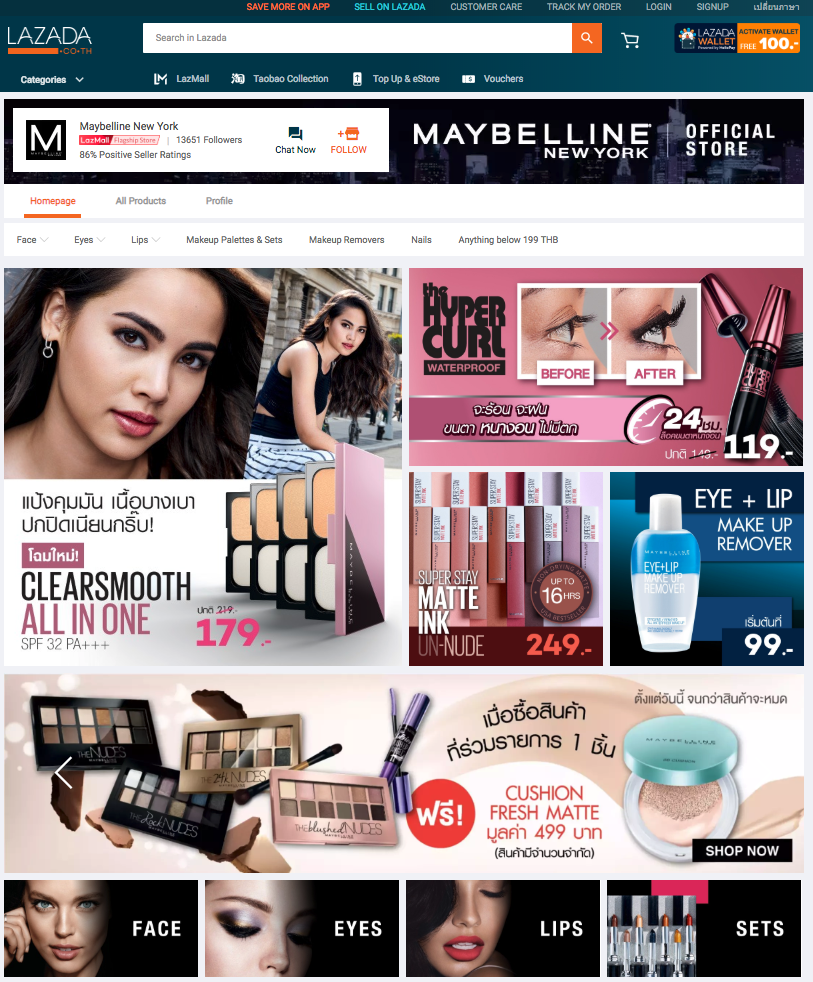
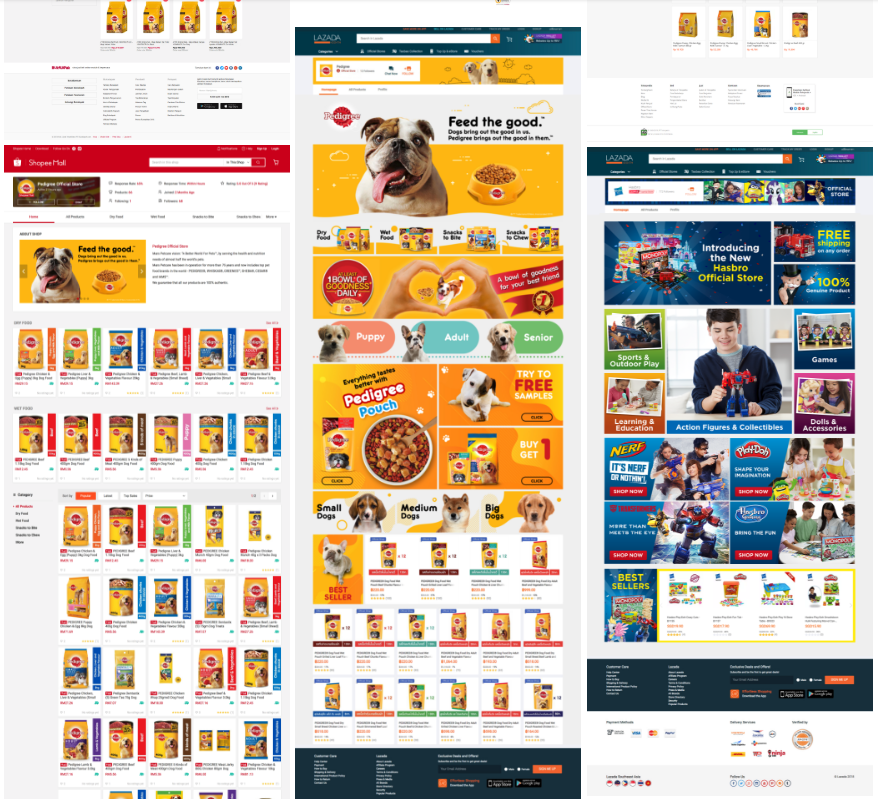
The typical customer journey on marketplaces goes from the shop-in-shop homepage → category pages → product detail pages (PDPs).
The product detail pages is where customers need to be incentivized to “add to cart”. PDP optimization requires descriptive and rich product titles, images, body content, etc.
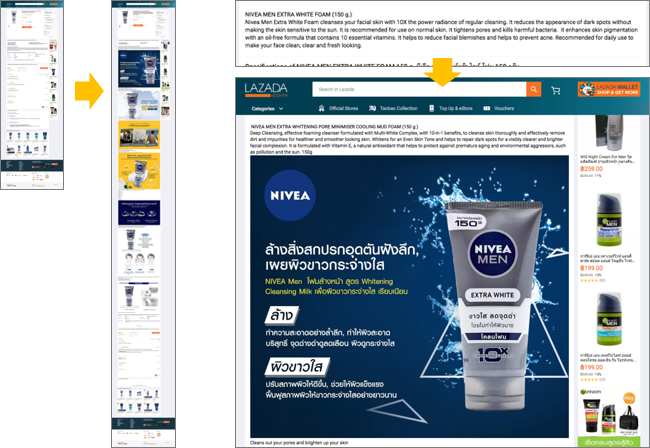
One important element of PDPs are customer ratings and reviews. Unfortunately, most reviews on marketplaces in Southeast Asia tend to be few and often, not very helpful. To acquire more high quality reviews, either connect the brand.com product reviews/ratings to the Lazada product page or if no brand.com exists, leverage tools such as ReviewIQ to generate more reviews for certain SKUs on Lazada and Shopee.
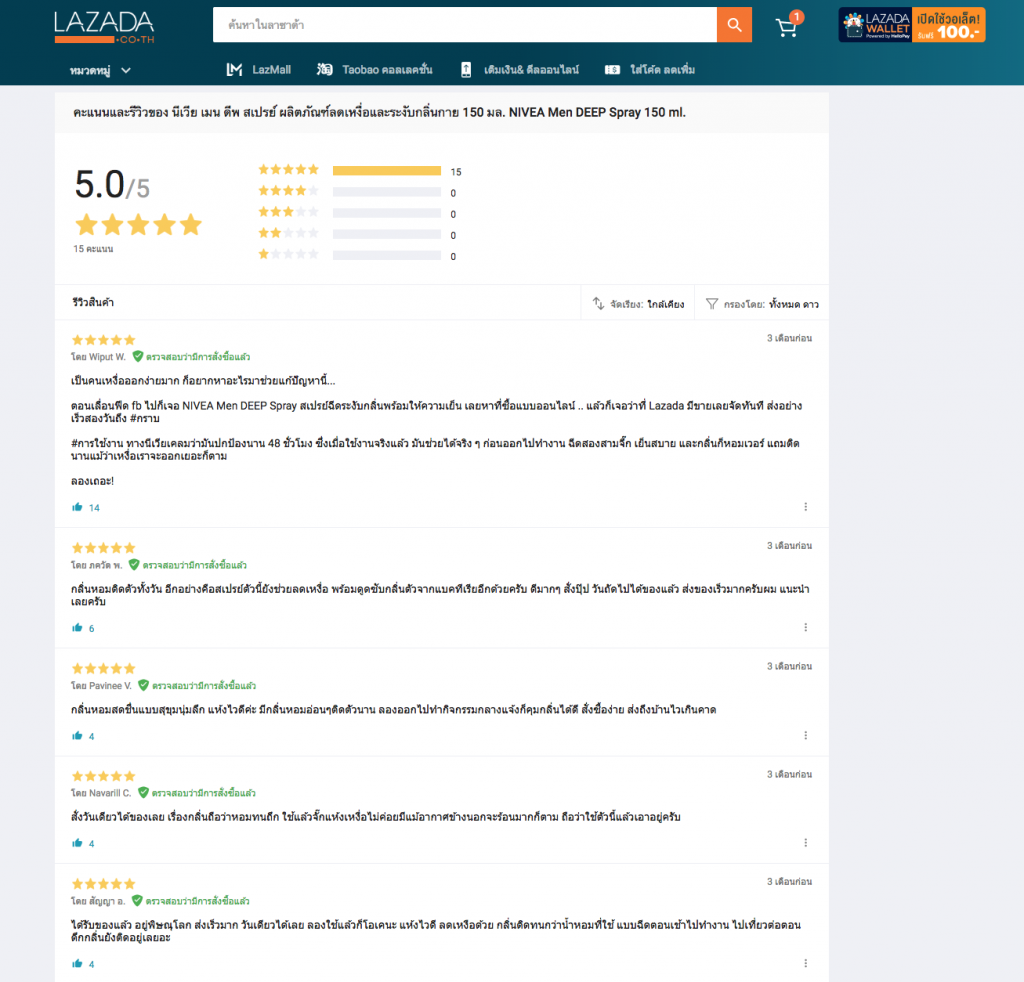
Another driver for conversions is live chat offered by both Lazada and Shopee. This is a great opportunity to increase conversions, especially for more expensive or complex products that require product detail exchange between the buyer and the merchant.
With an estimated one-third of ecommerce transactions in Thailand happening through Instagram, Facebook and LINE, users have come to expect live chat in other B2C channels as well.
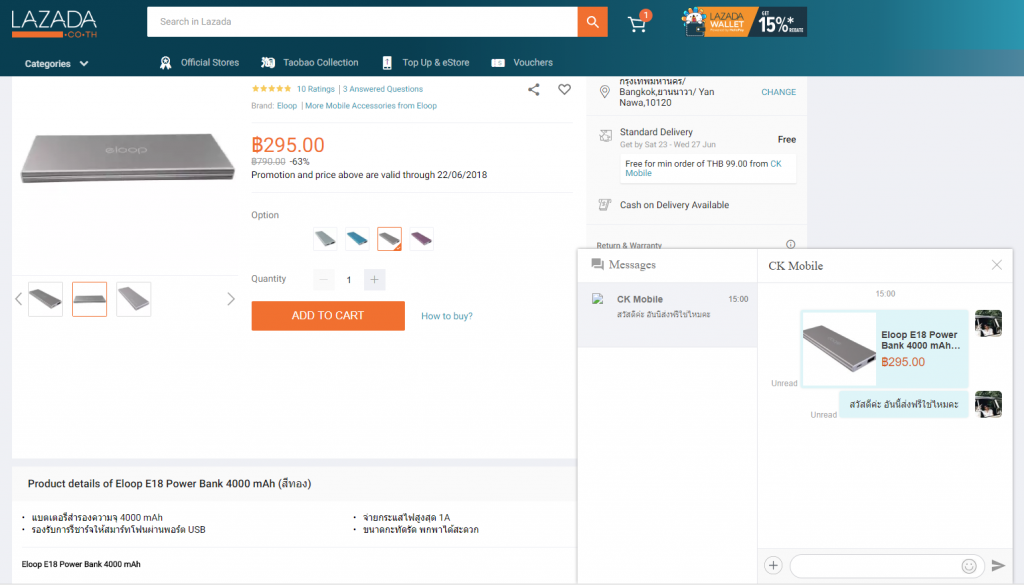
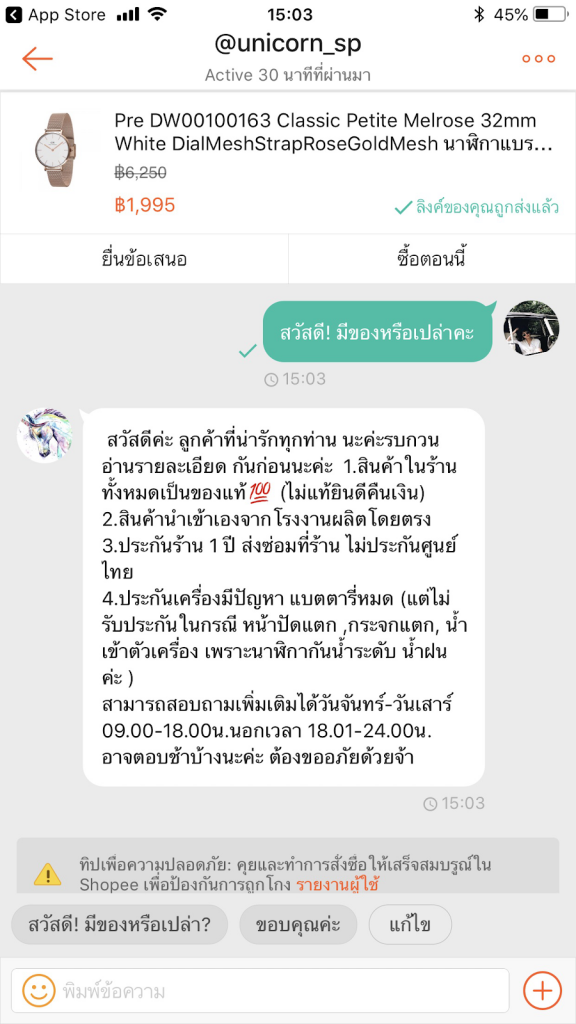
For brands selling directly to customers via their own brand.com sites, an abandoned cart email should be active to regain lost revenue as well as retargeting pixels to drop cookies for a retargeting campaign during and right after the mega sales period.
5. Customer Service
From a CS perspective, brands need to prepare their customer service team on best-selling product details, pricing and overall campaign. In addition, having a master FAQ document or wiki that’s circulated ahead of time will allow CS teams or a dedicated agent to operate more efficiently during the campaign period.
If allowed, brands may want to scale up CS staff with temporary labor accounting for the increase in demand during the sales period. This should be tied back to the demand forecast. Platforms like Helpster in Thailand and Indonesia offer brands an easy way to quickly ramp up temporary staff.
6. Monitoring
A large and often negative impact on a brand’s performance online is the abundance of grey market sellers that undercut product prices.
As marketplaces aren’t incentivized to remove grey sellers selling authentic products and will only delist pirated goods, brands can only focus on improving their own product selection, search rank and educating its consumers on its official online channels.
In addition to raising concerns to the marketplace on removing counterfeit goods, brands can use BrandIQ to track grey market SKUs or other brands that impact its promotions, e.g. Mimi Poko vs. Mamy Poko:
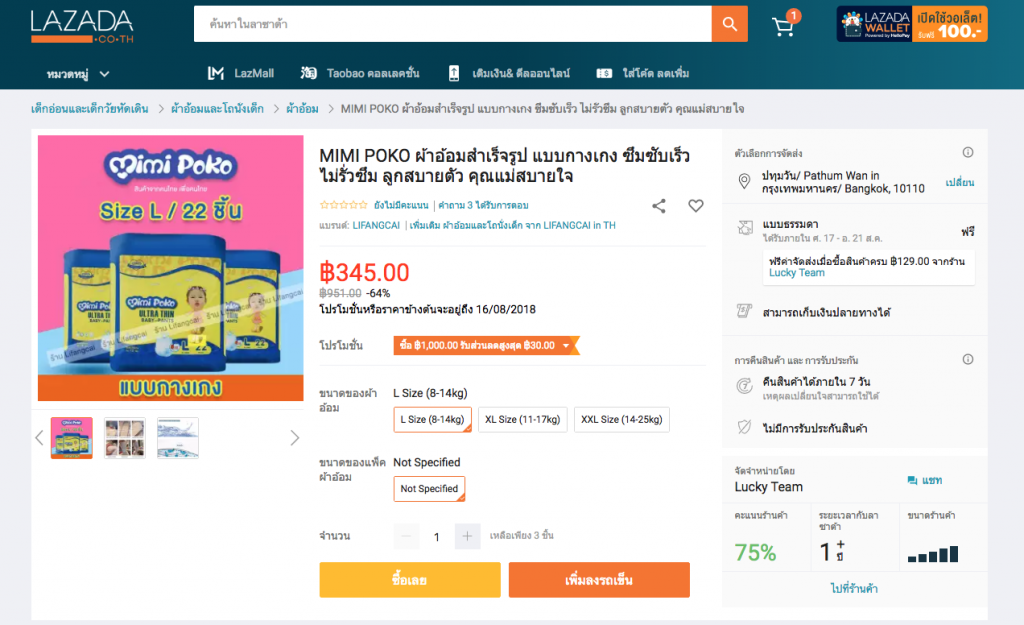
7. Packaging
Packaging seems mundane in comparison to the other sales levers but it’s a customer touch point to increase repurchase rates. In addition to an eye-pleasing design and quality of the packaging itself, promotions via flyers or vouchers to drive follow-up actions such as cross-sell and up-sell.
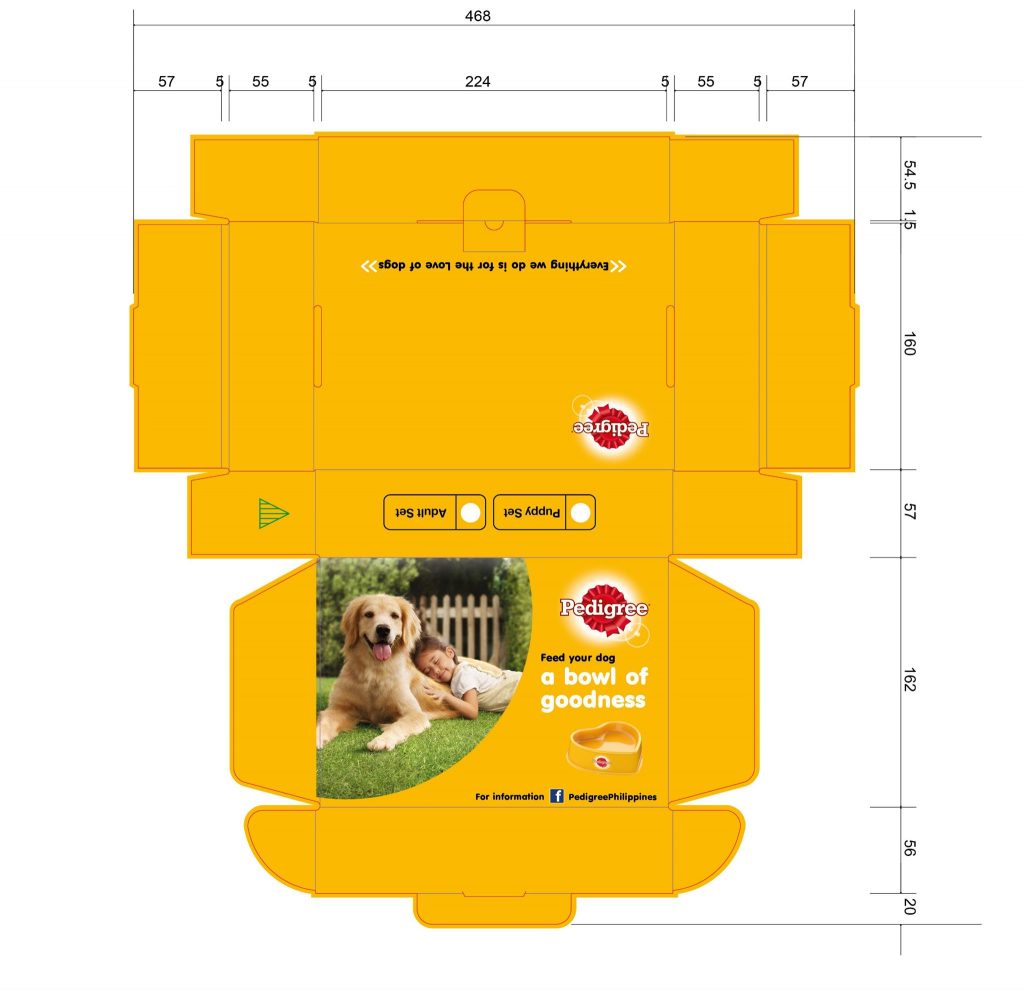
8. Fulfillment & Delivery
Customers value packages to be delivered in a quick and efficient manner.

For brands to succeed here in the last mile, we recommend the following:
- Organize the warehouse set up at least one week ahead of time – reserved inbound, outbound slots – to ensure delivery to customers within SLA
- Give the warehouse the estimated order volume factoring in marketing, promotions, and competition well ahead of time
- Prepare enough packaging material such as carton boxes, bubble wrap, packing foam, etc. to meet forecasted demand
- Align with 3PLs to ensure its capabilities to pick up and deliver packages given the high volume
- Prepare an on-demand delivery resource in case of over-capacity, e.g. LINEMAN, Grab Delivery
9. Business Operations
Ecommerce is a cross-functional, team-based effort, especially during the mega sales period where tight-knit coordination is the difference between hitting record highs or dropping the ball:
- Set up war room dedicated to a cross-functional team that manages all operations during the campaign period. Prepare food because it’s going to be long stretches of day and night and weekends as 9.9 and 11.11 both happen on Sunday
- The team needs to proactively monitor active campaigns during the day to ensure everything is synced properly, e.g. stock, price, etc. and may even needs to reply quickly to customer chats if CS is overwhelmed
- Marketing and store managers to check all campaign landing pages after launch. Last thing needed is money spent on driving traffic to 404 pages
- Debrief / post-mortem for the next big sale (right around the corner)
10. Website Stability
To avoid mishaps such as Amazon’s very own Prime Day meltdown, these tips apply only if a brand is running its own brand.com site, not marketplace shop-in-shop:
- 2-3 weeks prior to peak period, perform a load test (also known as a stress test) to determine the traffic limits of your existing infrastructure setup. This will arm you with the knowledge of server limits and determine benchmark for an upgrade
- Upgrade server processing power and network bandwidth 24-48 hours ahead of campaign day to be able to handle the spike in traffic
- Test promotions, for sanity and determine if any loopholes
- Enforce a code freeze period (no deployments) to reduce the risk of introducing bugs from new features during or prior to peak period
- Prior to, communicate to web support teams to be readily available and on standby for peak trading. Hope for the best, prepare for the worse
But regardless of the above, performance will be determined by the right online channel for your brand or product category. Based on ecommerceIQ research, Shopee is a preferred platform by consumers for female-oriented categories like fashion and mom and baby items, whereas Lazada is preferred for categories such as electronics and home appliances.
An original article from : https://ecommerceiq.asia/10-strategies-for-mega-online-shopping-seasons/
